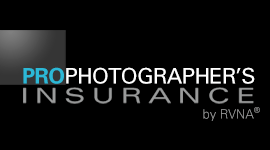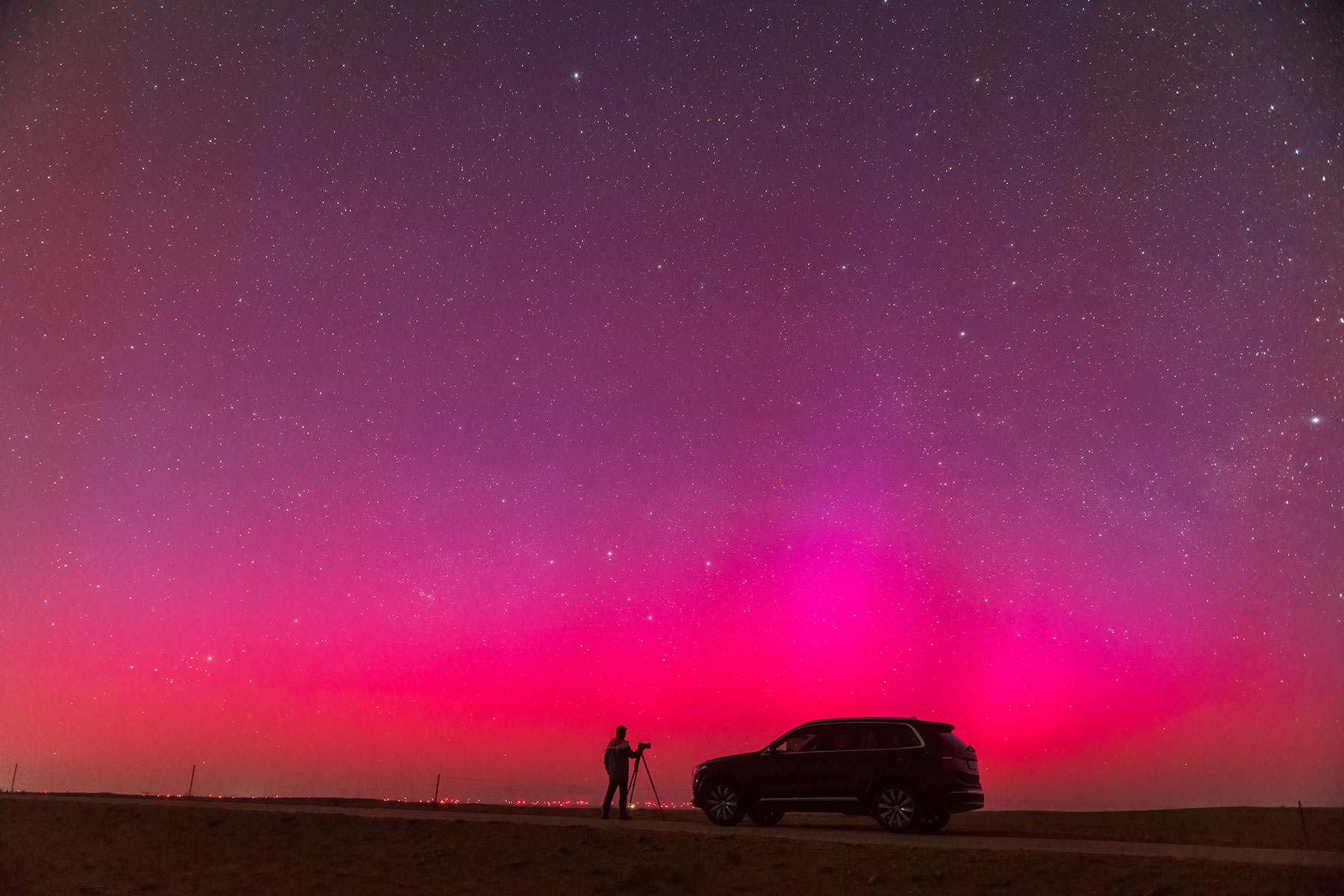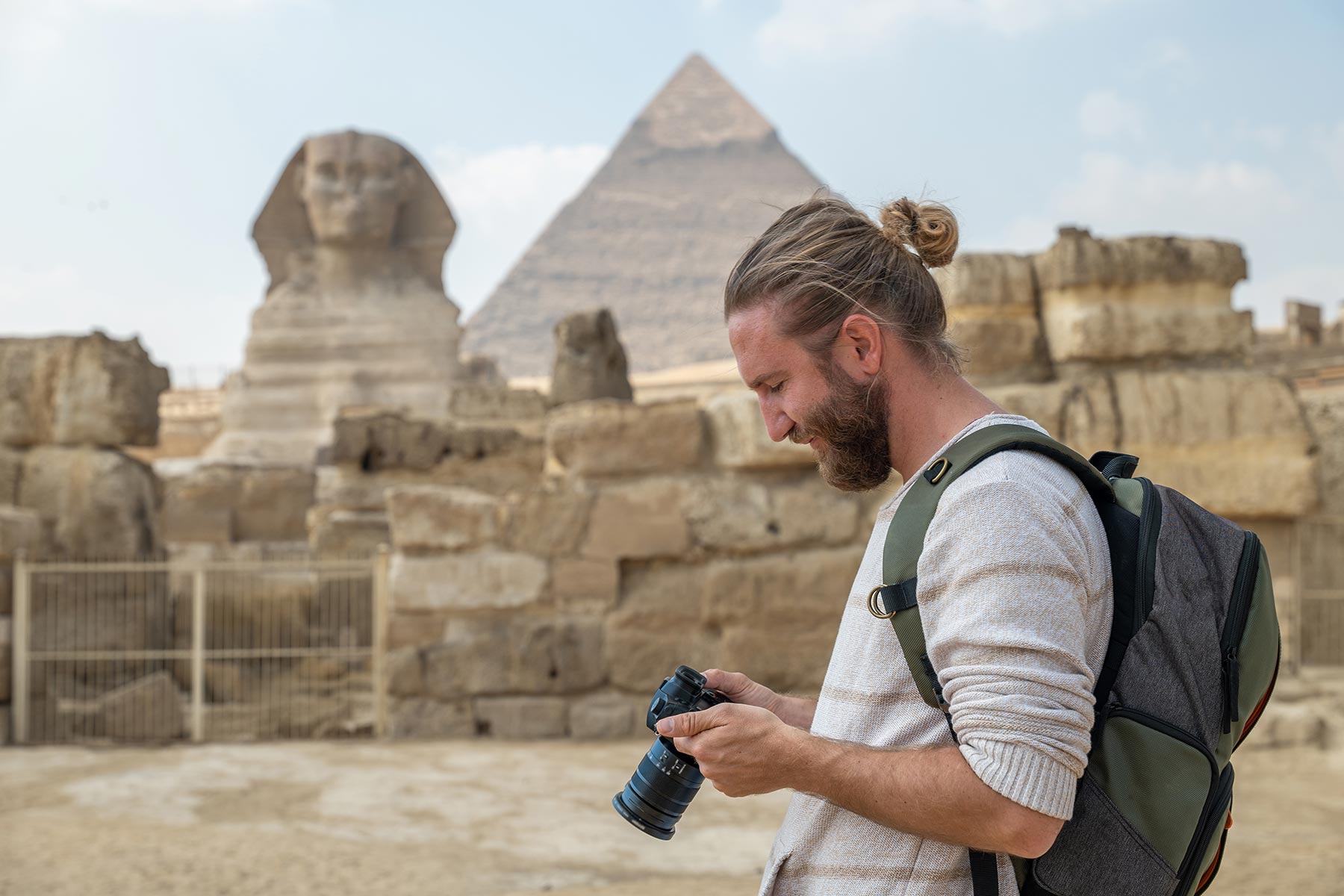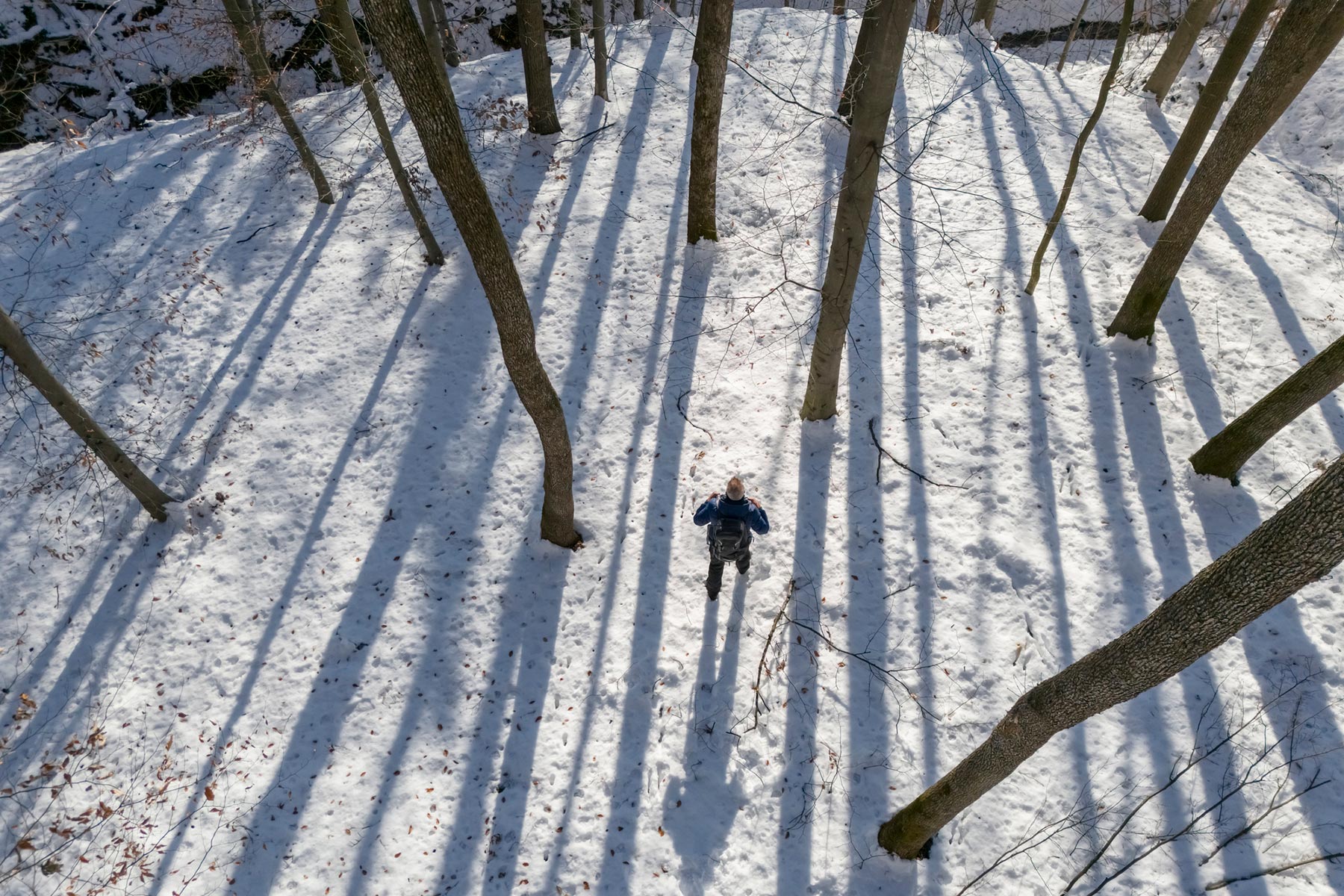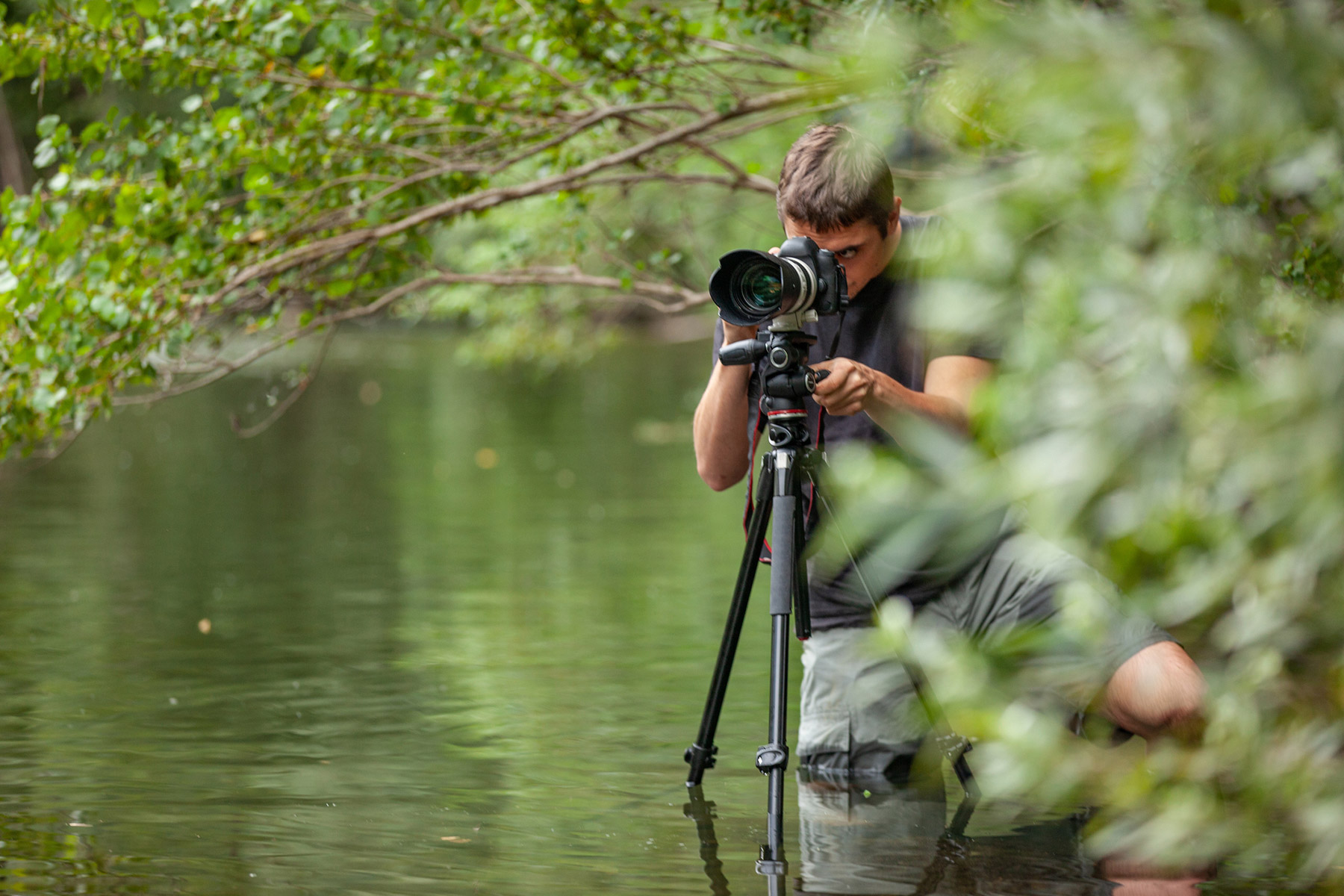You’re perched on the edge of a cliff at sunrise, framing the perfect shot. The wind picks up, and you lose your footing, your lens crashes on the rocks as you grab onto something to keep yourself from falling. A two thousand-dollar lens, gone in an instant.
Or maybe you’re deep in the forest capturing wildlife when a hiker trips over your gear. They’re injured, and suddenly, you’re facing a lawsuit.
Nature photography is rewarding, but it comes with unique risks that can threaten your business. That’s why having Photographer Insurance is essential.
Nature Photographer Risks
Working in unpredictable outdoor environments means facing challenges beyond your control. Some of the biggest risks include:
1. Equipment Damage & Loss
- Your camera and lenses endure harsh conditions—rocky terrain and sudden drops can lead to costly repairs.
- Strong winds or unstable ground can send your tripod or gear tumbling, damaging your equipment beyond repair.
Solution: Equipment Insurance covers accidental damage and theft, as well as damage from severe weather events, so you can get back to shooting without financial setbacks.
Scenario: You’re photographing waterfalls when a sudden slip sends your camera plunging into the water. Equipment insurance covers the replacement cost, ensuring you’re not out thousands of dollars.
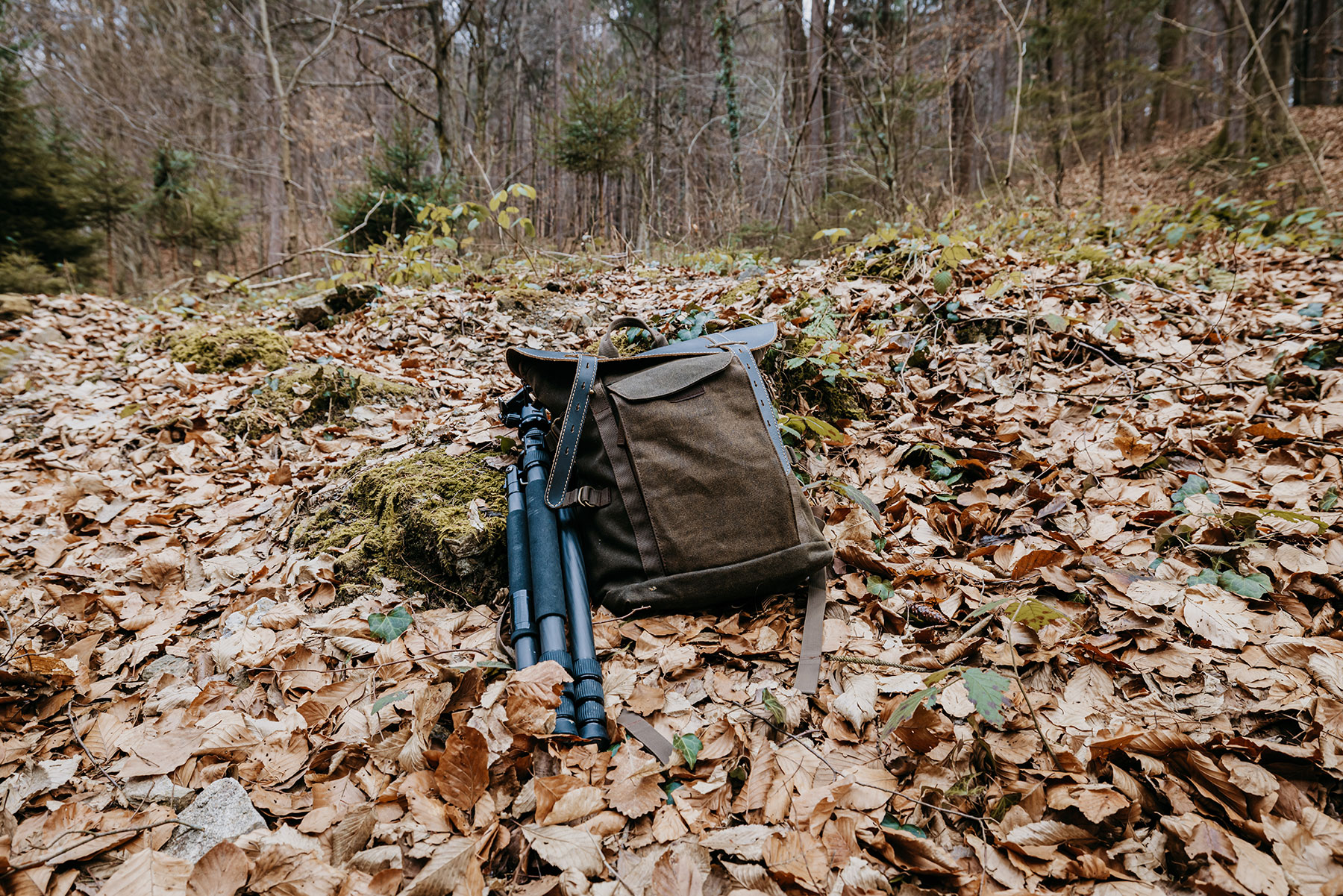
2. Liability Risks in Public Spaces
- A bystander trips over your gear, injuring themselves—suddenly, you’re liable for their medical bills.
- Your drone malfunctions and crashes into a parked car, leading to expensive damage claims, which would be protected under a RVNA Drone Insurance policy.
Solution: General Liability Insurance protects you from legal claims and unexpected expenses related to injuries or property damage. Drone Insurance protects you for accidental damage caused to property from your Drone operations or for damage to your drone.
Example: While setting up for a landscape shot in a national park, a jogger stumbles over your camera bag and sprains their ankle. Liability insurance covers medical costs and legal fees.
3. Theft While Traveling
- Whether you’re hiking a remote trail or traveling internationally, your expensive gear is a target for thieves.
- Hotels, rental cars, and airports all pose security risks for photographers carrying high-value equipment.
Solution: Equipment Insurance provides coverage to most locations throughout the world, ensuring you can replace stolen gear quickly.
Example: You are photographing in the streets of Cairo, when suddenly someone grabs your bag and takes off running. With RNVA equipment insurance, theft is covered in most locations worldwide.
4. Drone Crashes & Liability
- Drones are invaluable for capturing breathtaking aerial shots, but they also increase risk.
- Crashes, flyaways, and battery malfunctions can result in damage or injury.
Solution: Drone Insurance covers damage, liability, and repairs, keeping your aerial photography safe.
Example: Your drone malfunctions mid-flight and crashes into a hiker, injuring them. Drone insurance can protect a photographer from costly lawsuits or medical expenses.
Why Insurance is a Must for Nature Photographers
✔ Protects Against Costly Repairs & Replacements – One accident can cost thousands. Equipment Insurance ensures you’re covered for accidental damage to your gear while on location.
✔ Covers You at National Parks & Restricted Locations – Many parks require proof of liability insurance before issuing photography permits.
✔ Provides Protection on Every Shoot – Whether in the mountains or the desert, you can focus on photography knowing your equipment is protected from accidental damage.
Tips for Protecting Your Equipment & Business
- Use Weatherproof Bags & Cases – Protect your gear from rain, sand, and extreme temperatures.
- Severe weather events — RVNA’s Equipment Insurance provides coverage for photography and business equipment against accidental damage when damage occurs from a flood, fire, hurricane, tornado, and more.
- Keep Your Liability Insurance Policy Handy – Many locations require proof of coverage before allowing commercial photography.
- Secure Your Drone Flight Path – If you use drones, make sure your Drone policy covers crashes, damage, and liability claims. Always check local regulations and ensure you have liability coverage before flying.
- Read Your Policy Details — Read policy language to make sure you are covered for the types of shoots you are doing.
- Keep an eye on your equipment — Do not leave your equipment unattended.
For Nature Photographers Who Travel
For nature photographers who travel internationally, work in remote locations, or even travel outside their state, RVNA has partnered with Emergency Assistance Plus, a service that provides vital support during medical emergencies. EA+ is designed to assist photographers who face a medical emergency requiring hospitalization while away from home, ensuring they get the proper medical care and safe transportation home if needed.
- Medical Emergencies: Outdoor photography can pose physical risks, from falls while hiking to encounters with wildlife. Emergency Assistance Plus provides access to highly skilled professionals to coordinate necessary medical care, including air ambulance transportation home if required.
- A Card You Keep With You: EA+ membership goes beyond just protecting the photographer. With a Premiere membership, if a photographer is traveling with family or a pet and needs medical evacuation, EA+ arranges and covers transportation home for their companion, including minor children or a pet.
